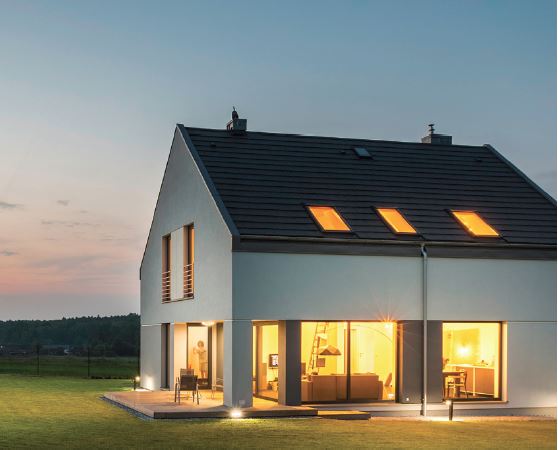House and land packages often split opinion. Some investors claim they’re high-risk, low-return, while others insist they’re an ideal option. So which is it? Nicola Middlemiss asks investor Michael Beresford, who says it’s the latter, and explains how to minimise the risks
 House and land packages remain a firm favourite among many investors, including Michael Beresford, who has helped thousands of Australians build sustainable wealth by investing in these packages.
House and land packages remain a firm favourite among many investors, including Michael Beresford, who has helped thousands of Australians build sustainable wealth by investing in these packages.“The reason house and land packages are a good opportunity for investors, and the reason I invest in them myself, is because they provide the best balance between capital growth and cash flow,” says Beresford, director of investment services at OpenCorp.
OpenCorp pools the resources of over 80 property experts to offer advisory services to clients across Australia. In just over a decade, the company has facilitated more than $7bn worth of property transactions, many of which are in the house and land category.
While they’re a firm favourite with the OpenCorp team, Beresford is quick to acknowledge the risks associated with house and land packages. However, he also says it’s possible to avoid these risks.
“One of the criticisms we often hear about house and land packages is the assumption that they’re in outskirt areas, which they often are,” Beresford tells Your Investment Property.
“The issue with that is that price growth is driven by supply and demand, so if there’s abundant land supply in the area, it’s going to be several years before you can actually get the capital growth.”
For this reason, Beresford says investors should only consider a house and land product if it’s within an existing suburb, around established housing, so there won’t be an oversupply of land or property.
“They can be hard to find, but we have an entire research and acquisitions team that spends endless hours scouring Australia trying to identify these locations,” says Beresford.
The second common criticism is that investors pay a premium for house and land packages compared to other properties in the area.
“They can be hard to find, but we have an entire research and acquisitions team … scouring Australia trying to identify these locations”
» Since December 2012, OpenCorp has acquired 159 properties in the suburb of Greenvale.
» When comparing the original purchase price across all 159 properties against RP Data statistics (four-bedroom houses), the average uplift in value was 35%.
» Properties that settled in 2014 and 2015 witnessed an average increase of 40% from the original package price.
» In 2012 the average house and land package price was approximately $400,000. In 2017, based on the equivalent house and land packages in Greenvale, average prices are nearing $600,000.
Finally, Beresford says investors are often deterred by house and land packages because the price can rise significantly if builders come across unexpected site costs during soil or contour testing.
“We actually provide all of our clients with a full fixed-price contract, including site costs, which is really the only way to mitigate that risk,” he says.
“We’re prepared to back our expertise because we provide guarantees on the build time frame and the time frame to get a tenant, so our clients know right up front exactly what it’s going to cost them in a worst-case scenario.”
Find out how OpenCorp can minimise your risks when investing in house and land packages,
Ph. 1300 OPEN CORP (1300 649 564) or visit www.opencorp.com.au

